Jageunhujinhaebyeon Beach (작은후진해수욕장)
11.1Km 2024-03-19
467 Saecheonnyeondo-ro, Samcheok-si, Gangwon-do
Jageunhujinhaebyeon Beach, situated adjacent to Samcheokhaebyeon Beach, provides a serene and picturesque setting. Its proximity to Samcheok Port allows visitors easy access to fresh hoe (sliced raw fish). Additionally, the Hujin Breakwater, located right beside the beach, is an ideal spot for fishing enthusiasts. The area is also well-equipped with a network of bicycle paths and decked trails, offering various recreational opportunities for visitors.
Geumjinhaebyeon Beach (금진해변)
11.6Km 2024-03-18
176-2 Geumjin-ri, Okgye-myeon, Gangneung-si, Gangwon-do
Located to the south of Gangneung, Geumjinhaebyeon Beach stretches over 900 meters in length and covers an area of 63,000 square meters. It is known for its fine white sand beach and shallow waters with a gentle slope, making it a favorite spot for family visitors. Surfing enthusiasts can take advantage of surfing lessons offered at the beach. Additionally, while in the area, visitors can also explore the nearby Geumjin Hot Springs.
Mureunggyegok Valley Healing Campground (무릉계곡 힐링캠핑장)
12.2Km 2024-03-19
467 Samhwa-ro, Donghae-si, Gangwon-do
This campground is situated in Mureunggyegok Valley, nestled between Dutasan Mountain and Cheongoksan Mountain. The valley is renowned for its enigmatic rock formations and derives its name from the mythical paradise in the Chinese fable, “The Peach Blossom Land”. It's a place where one can immerse in the beauty of nature. The campground is accessible by car, just a 25-minute drive from KTX Mukho Station.
Yetpogu Hoejip (옛포구회집)
12.7Km 2021-03-25
437, Heonhwa-ro, Gangneung-si, Gangwon-do
+82-33-534-0070
It is a place where you can enjoy various types of sliced raw fish. This Western dishes restaurant is located in Gangneung-si, Gangwon-do. The representative menu is assorted sliced raw fish.
Dutasan Mountain (두타산)
12.7Km 2021-04-05
533, Samhwa-ro, Donghae-si, Gangwon-do & Samcheok-si, Jeongseon-gun
+82-33-534-7306
Standing at 1,357 meters above sea level, Dutasan Mountain is surrounded by famous natural landmarks: Mureunggyegok Valley to the north, Gocheongyegok Valley to the east, Taebaeksan Mountain range to the south, and Jungbongsan Mountain to the west. Moreover, situated along the 3.1 kilometer-long valley connecting Dutasan and Samhwasa Temple are such tourist attractions as Dutasanseong Fortress, Geumnamjeong Pavilion, Yongchupokpo Falls, Ssangpokpo Falls, Osipcheon Stream, and Cheoneunsa Temple.
Gangwon Yongchupokpo Falls (무릉계곡 용추폭포(강원))
12.7Km 2022-10-20
538, Samhwa-ro, Donghae-si, Gangwon-do
+82-33-534-7306
Located approximately 2.5 kilometers west of Samhwasa Temple, the entrance of Mureunggyegok Valley, Yongchupokpo Falls is a three-tiered waterfall in a shape of a pot that gets its waters from Cheongoksan Mountain (1,403.7 meters). Located 70 meters below Yongchupokpo Falls is Ssangpokpo Falls, where the water from Yongchupokpo Falls and Bakdalgyegok Valley meets to create a deep and beautiful base.
Mureunggyegok Valley (무릉계곡)
12.9Km 2020-07-13
538, Samhwa-ro, Donghae-si, Gangwon-do
+82-33-539-3700
Mureunggyegok Valley, between Dutasan Mountain and Cheongoksan Mountain, refers to a four-kilometer stretch from Hoamso Pond to Yongchupokpo Falls upstream. The waters of Mureunggyegok Valley flow over wide sheets of rock and into the cracks between them, forming large and particularly nice ponds along the path. Starting at Mureung Rock, a wide sheet of single rock on which hundreds can sit, the valley trail twists and turns as it passes Samhwasa Temple, Haksodae, Ongnyudong, and Seonnyeotang Ravine, all the way to Ssangpokpo and Yongchupokpo Falls, providing breathtaking scenery along the way. Also known as Arcadia, scholars and poets frequented the valley in times past, and the 5,000 square meters of Mureung Rock bears the inscribed names of some of these poets and their work. The valley offers a medley of curious-looking rocks and stones, and other odd scenery that attracts many tourists.
Jukseoru Pavilion (삼척 죽서루)
12.9Km 2020-05-20
37, Jukseoru-gil, Samcheok-si, Gangwon-do
+82-33-570-3670
Jukseoru Pavilion, estimated to have been built around 1266, is one of the eight major attractions of Gwandong District in middle eastern Korea collectively known as Gwandong Palgyeong (eight famous sites). Sitting on the edge of a cliff overlooking Osipcheon Stream, the pavilion incorporates the rocks on the cliff as cornerstones, with a five-girder paljak (ancient-style roof).
Then, there are 26 signboards hanging from the rafters of the pavilion. The signboards contain inscriptions of famous ancient scholars such as 'Jeilgyeongjeong' ('The best riverside pavilion'; 1662) by Heo Mok, 'Jukseoru' and 'Gwandong Jeilru' ('The best pavilion in Gwandong'; 1711) by Yi Seong-jo, and 'Haeseon Yuhui Jiso' ('The place that marine gods enjoy'; 1837) by Yi Gyu-heon. Others who have left their mark include King Sukjong (1674-1720), King Jeongjo (1776-1800) and Yulgok YiYi (1536-1584). Evidently, Jukseoru Pavilion has served as an inspiration since its establishment, and continues to inspire visitors today through the stunning view of its surrounding nature.
Samhwasa Temple (삼화사)
13.0Km 2020-03-27
584, Mureung-ro, Donghae-si, Gangwon-do
+82-33-534-7661
Samhwasa Temple is located near the entrance of the Mureung Valley of Dutasan Mountain in the City of Donghae, Gangwon Province. The one-thousand year old, small but historical temple falls under the supervision of Woljeongsa Temple. It was originally named “Geukryeondae” when built by monk Jijangyulsa during the eleventh year of Queen Seonseok of the Silla Kingdom (AD 642). In 864 it was renamed Samgongam by the chief monk, and during the reign of King Taejo of the Goryeo dynasty, it changed to the current name, Samhwasa Temple.
The temple houses the main shrine (also called Yaksajeon), Jeokkwangjeon, Beomjonggak pavilion, Geukrakjeon shrine, Birojeon shrine, Chilseongdan shrine, and Muhyanggak pavilion. The temple is also home to national treasures No. 1277 (three story stone pagoda) and No. 1292 (steel sitting Buddha statue).
Samhwasa Temple operates a school teaching Buddhism and offers temple stay programs providing a beautiful, serene experience of temple life.
Samcheok Jeongwol Daeboreum Festival (삼척정월대보름제)
13.1Km 2024-02-07
45 Expo-ro, Samcheok-si, Gangwon-do
+82-33-571-3225
Samcheok Jeongwol Daeboreum Festival is a festival that blends gijuldarigi, Samcheok's local game of tug-of-war, with other traditional customs of Jeongwol Daeboreum, the first full moon of the Lunar Year. The festival aims to preserve and develop both national and regional customs and traditions as well as to promote the local economy and provide an opportunity to bring the community together.
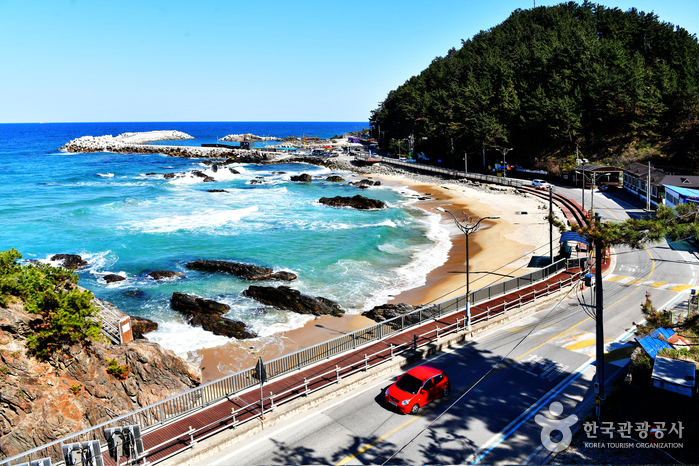
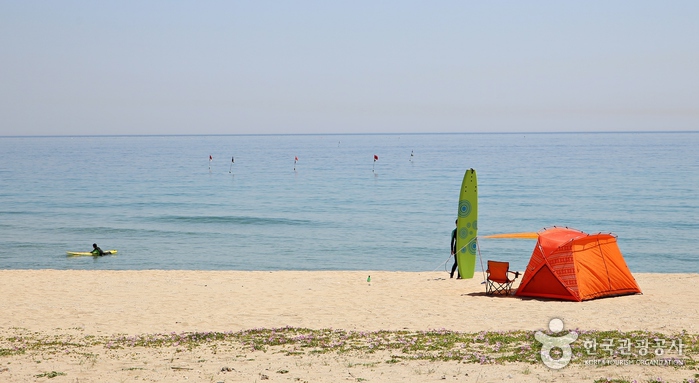
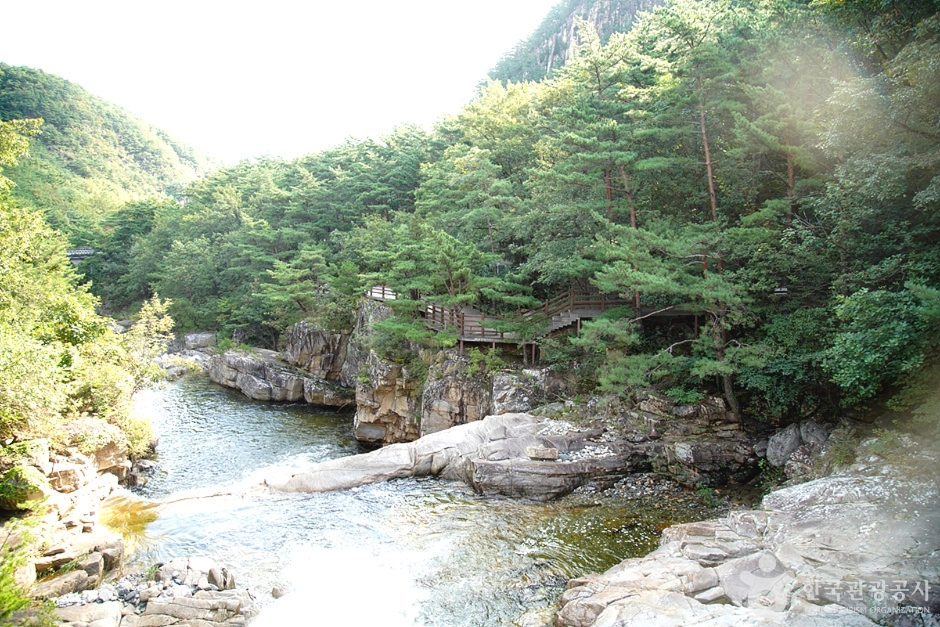
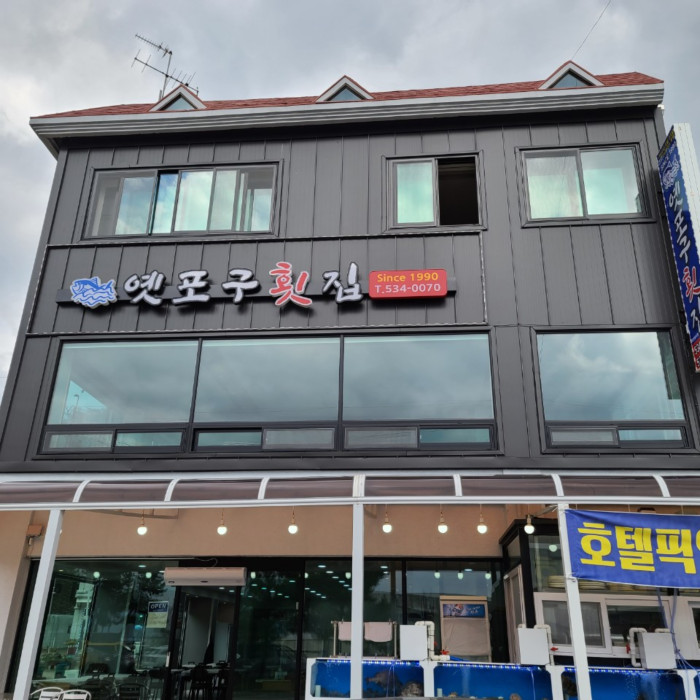
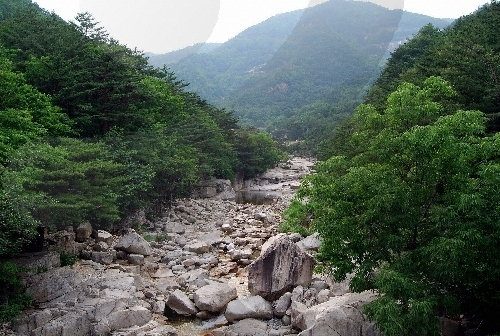
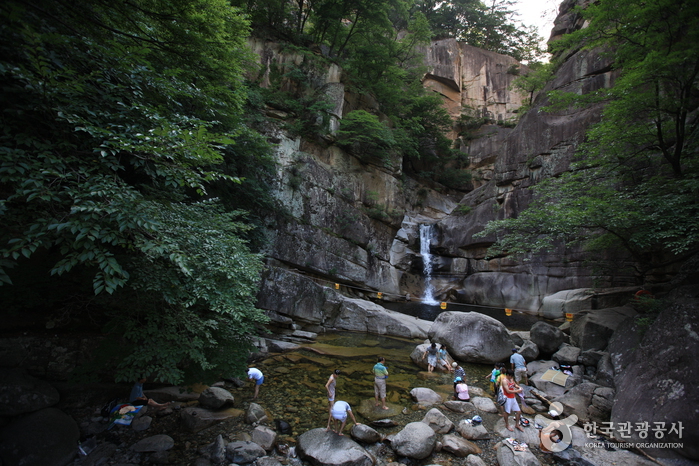
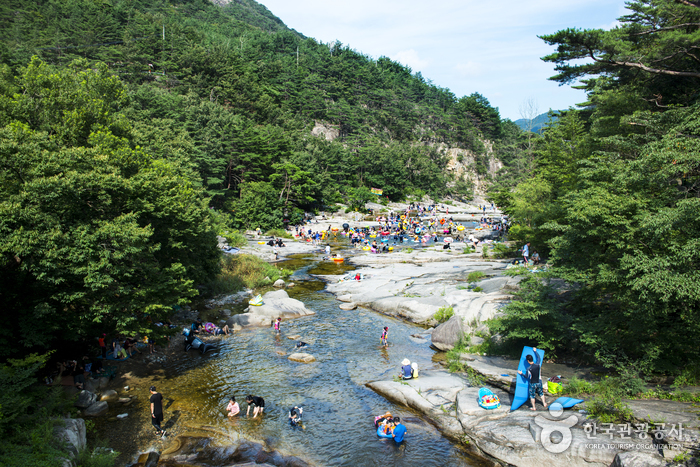
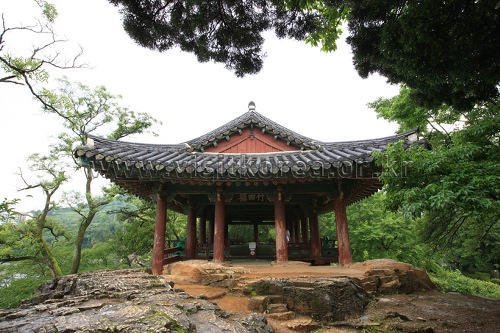
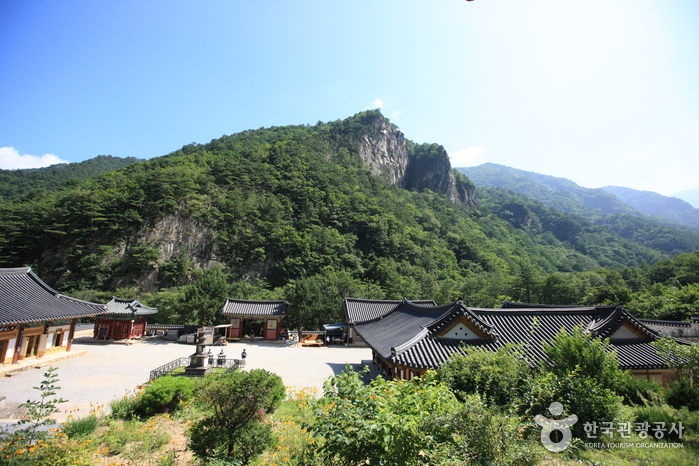
 English
English
 한국어
한국어 日本語
日本語 中文(简体)
中文(简体) Deutsch
Deutsch Français
Français Español
Español Русский
Русский